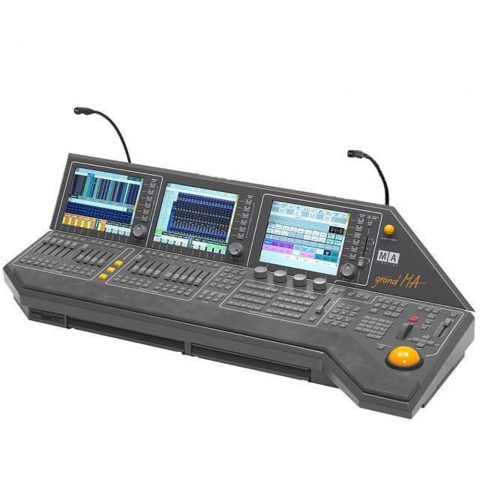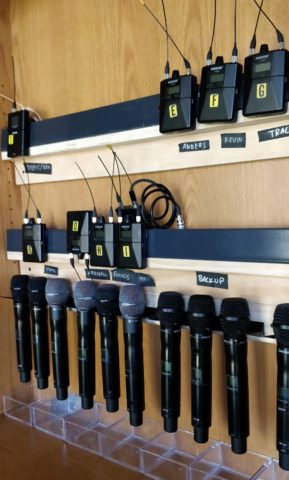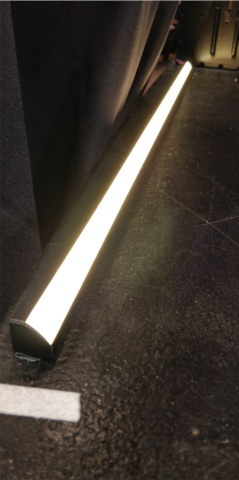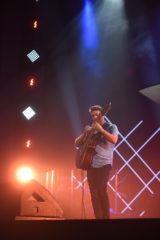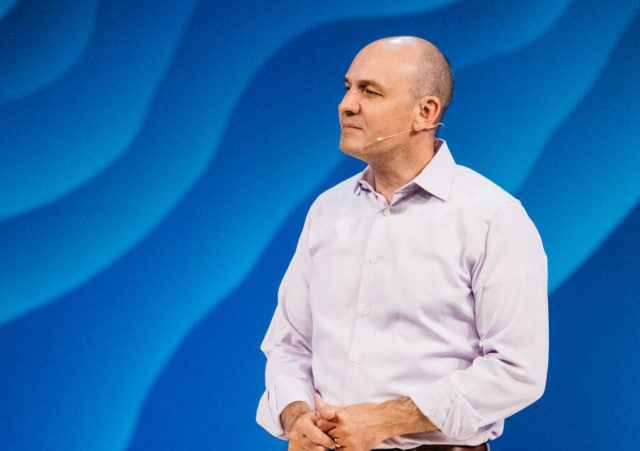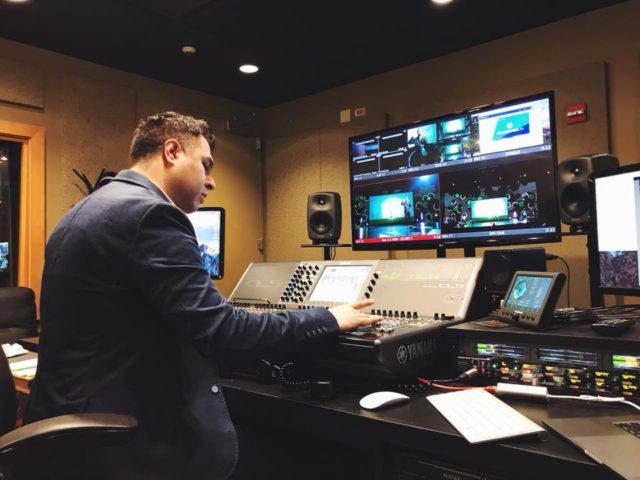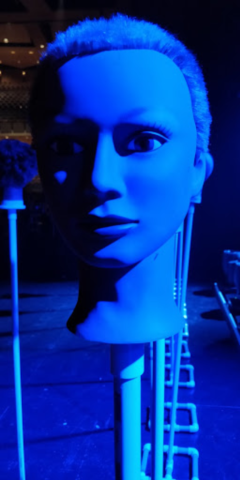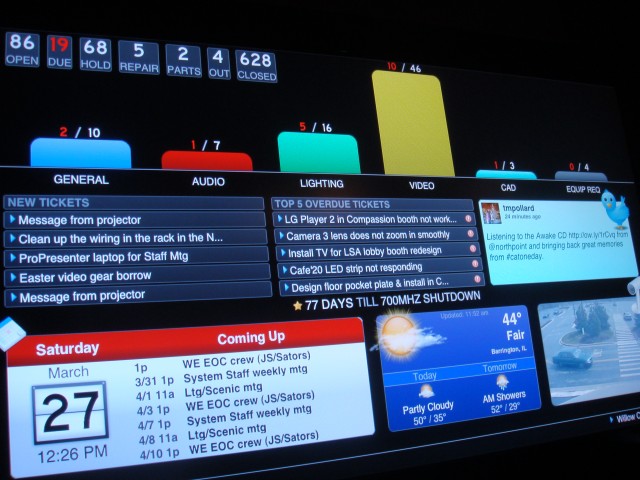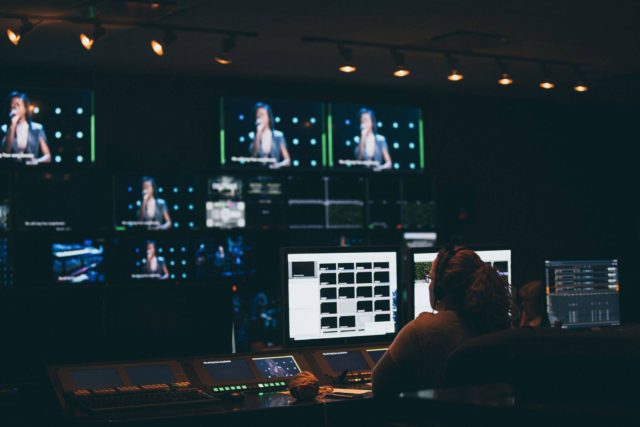
Frequently Asked Questions
We get questions from church techies all over about how Willow runs. Our FAQ’s are our answers to your questions! Which makes sense…Frequently Asked Questions…
I get this question fairly regularly, why do I still use the GrandMa1 lighting console? This console was originally launched in the spring of 1997, some 23 years ago, and yes, it is older then some of my lighting designers. Don’t get me wrong I would love to have a new colorful GrandMa3 console. I absolutely love new technology with being more efficient and all of that. However, it all comes down to stewarding our resources well. To start, Grandma1 was built like a tank, it was way ahead of its time, and honestly it just won’t die. Our consoles have survived coffee spills, stray footballs impacts, power surges, brown outs, and years upon years of daily abuse. I can count on one hand the amount of times I have had this console crash during programming or a service in my tenure here. Most issues we have had are either
Read More
For years our wireless mics have been stored in hanging clear shoe storage bags in our wireless cabinets. It was not a pretty system but for years it was functional…up until a few weekends ago when two wireless mics fell out of the aging containers because the plastic bag had stretched. At that point, I couldn’t take it anymore. I and a few of our stage team members started brainstorming on a new storage system.We decided that vertical storage would be best – but weren’t sure how best to mount the mics. A few napkin sketches later, I went to our scene shop and started cutting out a prototype out of ¾” plywood. 45 minutes later, I had a working bracket with a couple of slots. It worked ok but it felt too thick and I wasn’t happy with the asymmetry of the hand cut slots. At this point, I
Read More
On a typical weekend service at Willow, we offer live sign language interpretation at one of our main services, click HERE for more info. Occasionally, we have provided Closed Captioning (CC) for our Global Leadership Summit (GLS), as the embedded captioning information can be transmitted along with the video signal & decoded on a TV easily. The captioning for GLS is performed off campus at Riverside Captioning Company. The captioner from Riverside calls into a service called iCap that is tied to the EEG HD492 iCap Encoder which is integrated into our system at South Barrington with an HD-SDI video signal from our router that has embedded audio. This gives the captioner live video and audio feeds to caption from. This connection embeds the live captioning information as Service 1 or S1 of our program video signal for distribution to any HD monitor supporting Closed Captioning. Since the captioning information is
Read More
We’ve received a lot of questions recently about how Willow does footlight. In this article, we’ll break it down by venue, fixture, and learnings.Main Auditorium:For our main auditorium stage, we use a product from Ketra called the G2 linear, powered by the N3 controller. They are 1’ fixtures with 6 RGB LEDs in each fixture with a myriad of different lensing options. We currently have 40 of them installed that cover the center 40’ of our stage. They are set up so that we have control of each fixture individually. Though Ketra primarily serves architectural lighting functions, we’ve found that their system is live production friendly. The G2 fixtures take DMX input, have amazing color reproduction, and camera-friendly whites.I will be the first to admit that the Ketra G2 fixtures aren’t the easiest lights to work with on the setup/replacement side. If a fixture goes down, it isn’t a clean
Read More
Willow Creek hosted the FILO conference recently and I had the opportunity to share some of our lighting learnings from the Global Leadership Summit 2017. What you are about to read is what I wrote to present from at FILO. This is by no means an article full of specifications, power draw, or DMX channels, but rather large-scale concepts and learnings we had along the way. Sabers I’m not going to go into a lot of detail with the Saber fixtures, but I wanted to touch on them really fast, and specifically why we went with them instead of something like LED tape. When thinking through a set for the Global Leadership Summit (GLS), we design for a broadcast audience. Only a very small percentage of our audience is experiencing the event live in our auditorium. As we began designing the cross-hatched set pieces for the scenic, we wanted to
Read More
Our primary go-to microphone for all of our speakers, pastors, and actors is the d:fine™ Flex Omnidirectional Headset and Earset Microphone. These mics come in various colors and with connector options to match various brands of wireless transmitters or plug types. We have chosen the DPA d:fine Flex because of its comfort level to the individual wearing the mic, the confidence that the mic position will stay intact by utilizing a headset band that uses both ears, and most importantly overall audio quality. In the past few years, we have switched to only ordering these terminated with a TA4F connector (we only use Shure wireless on our campus) instead of the microdot. We experienced a consistent issue with the microdot connector where it wouldn’t seat fully or would come loose and start crackling in the middle of a service. Going to a pre-terminated connector has decreased the failure rate in
Read More
Prior to January 2018, we were sending automated broadcast audio from Front of House (FOH) for the live weekend streaming audio feed. From January 2018 to the present, we have hired a broadcast audio engineer who mixes for willowcreek.tv and our archive recordings. We still use automated broadcast audio for our overflow and in-house cable TV system. AUTOMATED BROADCAST: At FOH, we send separate stereo music and stereo speech mixes just for broadcast audio. We have a pair of microphones hanging off the catwalk in the auditorium which plug into one of the mic preamps of FOH Yamaha PM10 console, which the FOH engineer sets and leaves the Head Amp (HA or Gain). Three separate sends (3 stereo pairs) are sent to a BSS Soundweb London Blu-806 processor via Dante. Within the BSS processor, the speech buss is gained up to more closely match music levels. We then send out
Read More
Anyone who has been on the Willow stage will likely recognize the sight of mannequin heads on sticks scattered haphazardly across the stage. One of the questions I answer most frequently when giving tours at Willow is “What’s with the creepy heads?” Before I answer that question let’s first talk about what the heads are. They are retired beauty school mannequin heads who have no more hair to offer and are now set on top of either a mic stand or a PVC pipe structure. We give them a loving home on the stage and put them to work standing in for singers and actors for lighting focus. These creepy heads are our steadfast lighting partners holding down a spike mark patiently waiting for their moment to shine. They don’t need coffee breaks, they aren’t afraid of the dark, and they rarely wander off. They allow our lighting designers to dial
Read More
Willow’s Production Systems Team’s job is to maintain all of the audio, video, and lighting gear throughout the building. The scope of this is pretty massive. With all of the usage that our gear receives among various volunteers and personnel, stuff breaks. It’s inevitable. The good news is that we’ve got a web-based helpdesk ticketing system that helps us keep track of reported issues across the campus. We are currently running Kayako Classic, which we have self-hosted at Willow Creek on a Virtual Machine running Ubuntu, Apache, MySQL, etc. Within the helpdesk system, we have created department categories for Audio/Comm, Lighting, Video, CAD, Equipment Requests, Media Requests, and a general department for everything else. As tickets are submitted to the system by our production personnel, either via email or a web form, they are assigned to individual systems personnel for tasking, message threads posted back and forth between the users updating the progress
Read More
In 2010 we switched our entire campus over from a CG system called Harris Inscriber to Renewed Vision’s ProPresenter and we haven’t looked back since. We are keeping up to date with Renewed Vision’s updates to ProPresenter and have been using them since the days of ProPresenter 4. A lot has changed in the software since then! In our IMAG equipped venues, we use the SDI and Alpha Modules to add lyrics and other content over live video. We’ve also had some success with the Master Control module (It has some definite personality quirks) and the Midi module taking commands from a GrandMA lighting console. We use StageDisplay as often as possible as a key tool to help our on-stage friends be the best they can be. When it comes to playing videos in Main Auditorium, we need consistent stability and playback quality. This is achieved by using a 4 channel Abekus Mira server. As
Read More

